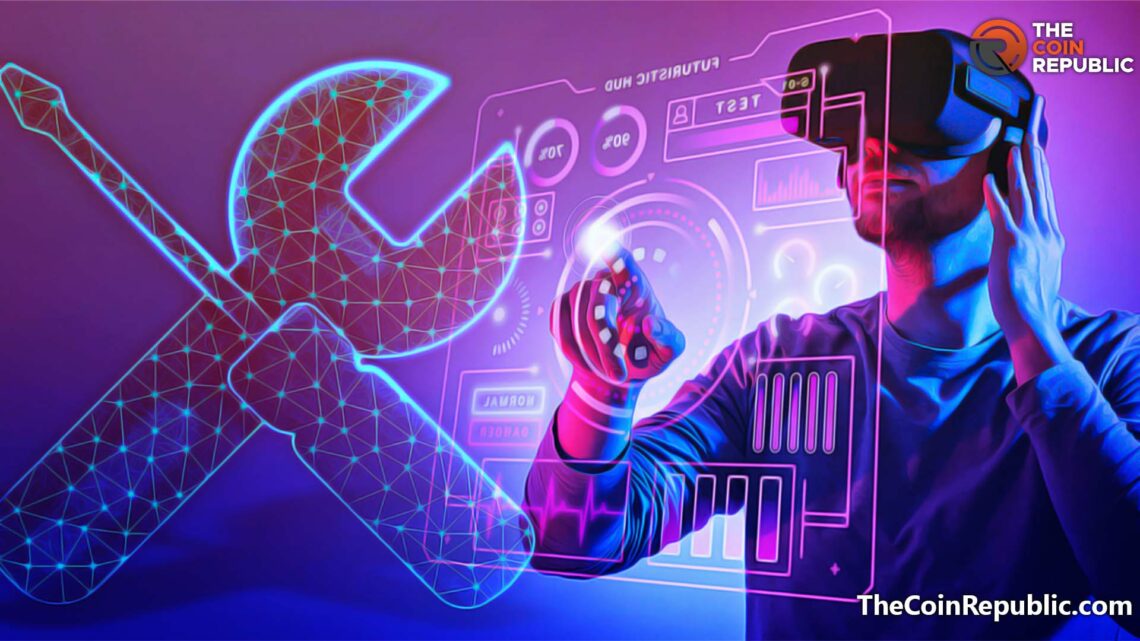- Metaverse is a mesh of interconnected virtual worlds.
- We are still lacking the necessary technology required to access the metaverse.
- Current metaverse is made up of ten layers.
The metaverse has become a phenomenon in itself. Especially since Mark Zuckerberg retitled the company name from Facebook to Meta Inc in 2021. He sees virtual spaces as the future of the current internet we are using. Still, we are lacking several aspects that are necessary to bring this vision to reality. A McKinsey and Company report highlights the technology demands required for the metaverse.
We Are Still Lacking a Proper Metaverse Infrastructure
Virtual spaces still require proper compute and network infrastructures to eliminate issues like scalability, lagging, buffering and more. A proper metaverse should allow several people to access interconnected digital realms at the same time. It is similar to a battle royale game, but at a global level, something like the “Portals” scene in Avengers: Endgame.
Developers need to make sure the users experience a glitch free virtual world. A proper network framework should remove the issues like lagging or buffering users generally face while playing games on PC or watching videos on YouTube. The metaverse requires a flawless environment to offer an immersive experience similar to Steven Speilberg movie, Ready Player One.
Metaverse is something that should deliver a truly immersive world that doesn’t feel like a video game. Many users have previously reported finding virtual spaces not interesting enough. One of the reasons being its inability to render photorealistic environments. This means, devices without GPUs may push several individuals away from the metaverse.
Moreover, interface hardwares to access the metaverse hasn’t gone mainstream yet. The report says that flat screen devices will dominate for potentially a few more years before augmented reality (AR) and virtual reality (VR) takes over. Extended reality (XR) devices including brain computers and contact lenses may not surface for a decade or so.
Haptic suits would be the game changers in the metaverse as they hold potential to deliver truly immersive experiences in virtual worlds. Still, the technology is in its infancy and may fail to attract a lot of users when it finally makes it to the mainstream considering potentially hefty price labels tied to the metaverse devices.
Metaverse development is in itself a grand phenomenon which is expected to give birth to a digital twin of earth, maybe of other planets too. But it requires a proper framework before advancing that far. McKinsey report sees ten layers subdivided in four categories underlying the current metaverse.

Developers need to build a basic infrastructure that allow the users to develop a variety of content experiences in virtual worlds. Currently, The Sandbox and Decentraland remain the only games that come close to being called true metaverse spaces. Although, only the latter is available to play on virtual reality devices.
Arrival of the metaverse will give a boost to several markets including VR, semiconductor, GPU and more. Everything depends on how responsibly and cooperatively the companies deliver their efforts in developing an out-and-out metaverse.
Anurag is working as a fundamental writer for The Coin Republic since 2021. He likes to exercise his curious muscles and research deep into a topic. Though he covers various aspects of the crypto industry, he is quite passionate about the Web3, NFTs, Gaming, and Metaverse, and envisions them as the future of the (digital) economy. A reader & writer at heart, he calls himself an “average guitar player” and a fun footballer.


 Home
Home News
News










